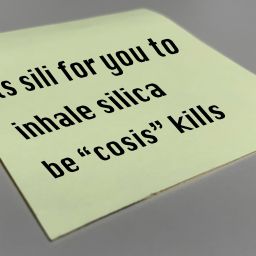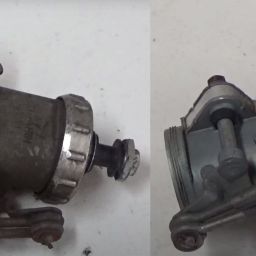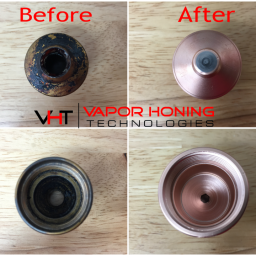What is Wet Sand Blasting?
Many people struggle with finding the right process to clean their dirty automotive parts, whether that is using chemicals or scrubbing to clean. What if I told you there is a better way to clean dirty automotive parts using the wet sand blasting process. So, what is wet sand blasting? Wet sand blasting, known as vapor honing, is the process of mixing water, abrasive, and air together to clean and polish parts. This method has many benefits and a few disadvantages, which we will discuss next.
Benefits
The wet sand blasting process has many benefits. It is very efficient. This process cleans and polishes at the same time, which we call this process clean by flow. Unlike dry sand blasting, it cleans your parts with sheer impact. Also, you will still need to rinse your parts with the dry blasting process. The abrasive also lasts longer because it is cushioned. Not having to constantly replace the abrasive because its broke will save you money. Wet sand blasting gives your parts a better finish. With this process, your parts will be smoother and brighter looking, not to mention there will be an even finish throughout the surface of your part. The reason for this once again is that the water cushions the abrasive, so it doesn’t explode and gets more than one area. There is no hard-packing of the abrasive on your part. Instead, the slurry glides through your parts. This method is quiet so you can run the machine during business hours and not disturb anyone. The wet sand blasting process is very safe. Due to the addition of water, there is less dust in the air. With dry sand blasting, the dust particles get in the air and can cause damage to the environment and can lead to silicosis in humans. The lack of dust particles allows you to see what you’re doing better, thus making it a faster process. The addition of water in this process also keeps your products cool. This is especially useful if you’re dealing with heat-sensitive materials. These are the many advantages of wet sand blasting.
Disadvantages
There are two disadvantages to this process. Some of our metals flash rust immediately after each use because we use water in our process. To mitigate this issue, utilize a corrosion inhibitor. The corrosion inhibitor gives you a 72 hour period where you can apply coating to your parts before it rusts. Wet sand blasting is also more expensive when you first start using it. Our machines come with more parts than the dry sand blasting machines, so they are more expensive. The amount of time you save, using this process and the money you save not having to constantly buy more abrasives will eventually make it a cheaper process. These are the two disadvantages of the wet sand blasting process.
Conclusion
In conclusion, the wet sand blasting process is a very useful process that combines water, abrasive and air to polish and clean your parts. This method is quieter, safer, and gives you greater visibility during the process while also creating a better surface finish than dry sand blasting. It is however, the more expensive process and causes flash rusting with some metals. Flash rusting can be easily prevented using a corrosion inhibitor. Also, you will save time, and won’t have to buy abrasives as much, making it a more cost-effective process long term. For more information, on our process or the machines that do it, please contact our sales team.








